Adam Lister paints recreations of iconic images. This includes famous paintings, film stills, and posters, as well as portraits of recognizable figures from beloved movies and TV shows. Recreations are nothing new, but the spin Lister puts on his pieces is quite different.
These paintings are watercolors, and few of them measure more than 10 inches. Each are created by hand, but they might not seem that way at first. The paintings are carefully constructed out of meticulously measured rectangles of flat color, similar to a pixelated image on a computer screen. The difference is that Lister’s work features rectangles and squares of differing shapes and sizes to create the composition, rather than using a uniform shape.
Lister’s work takes art pieces people can recognize and abstracts them, reducing them to their simplest forms. While the details are lost, the basic form (the main visual cue that allows us to identify the images) remains. Thus, the paintings, despite looking like a collection of rectangles, remain significant and familiar to us. The variations of color that would normally be found in the original images are averaged into a single hue. Take a step back from the pieces, or let your eyes go unfocused, and they’ll look the same as the pieces that inspired them.
Many of Lister’s paintings are recreations of classics.
The Scream
La Grande Odalisque
The Starry Night
Sunflowers
A Sunday Afternoon on the Island of Grande Jatte
The Son of Man
Les Demoiselles d’Avignon
Nighthawks
The Kiss
The Arnolfini Wedding
Little Dancer of Fourteen Years
Lister also focuses on pop culture icons.
The Grady Twins
Mister Rogers
Bob Ross
Sulu
Willy Wonka
The Simpsons
Yoda
Some of his pieces were also 3D printed!
American Gothic
Nighthawks
Ron Burgundy
Aside from pushing the limits of what is recognizable, Lister’s work also blends the traditional artmaking method (in this case, painting) with the precise measurements and almost mathematical color averages we associate with digital art. He also reduced the human form into its most basic forms. Art has long explored and celebrated the human form, and here, Lister presents us with a stripped-down version of it. He explores the boundary between representational and abstract art. He also asks us to ponder how we recognize things, and how much information we really need to identify and translate something.
You can check out more of Lister’s work on his website, as well as on Facebook, Twitter, Tumblr, and Instagram.
 share
share
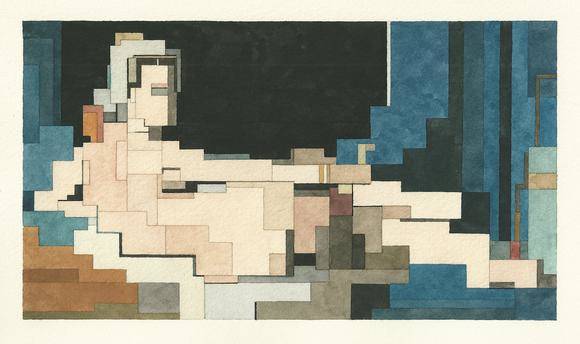 share
share
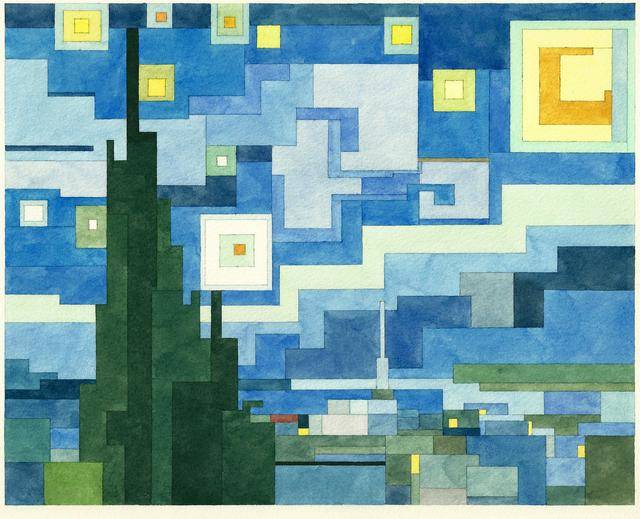 share
share
 share
share
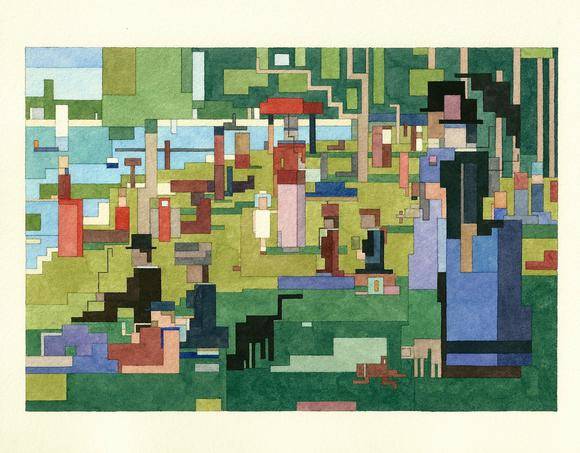 share
share
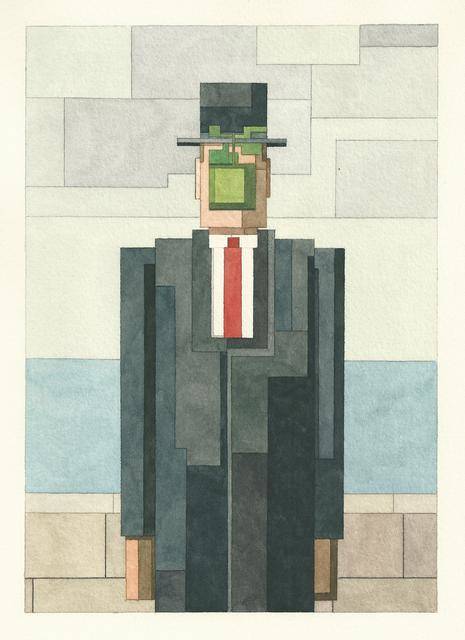 share
share
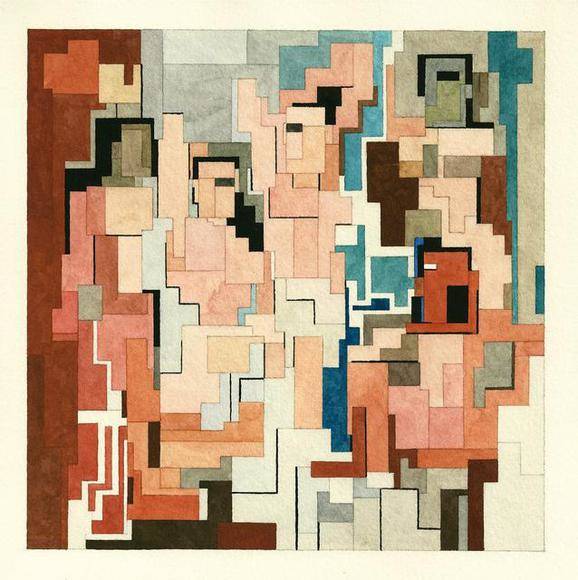 share
share
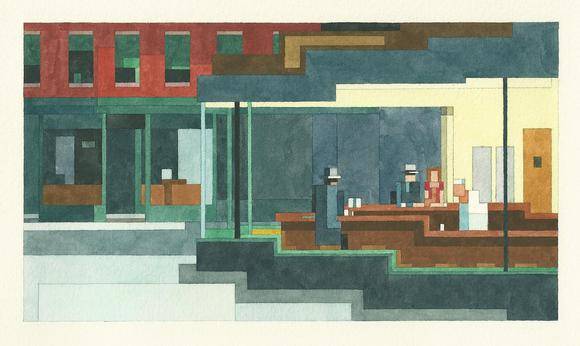 share
share
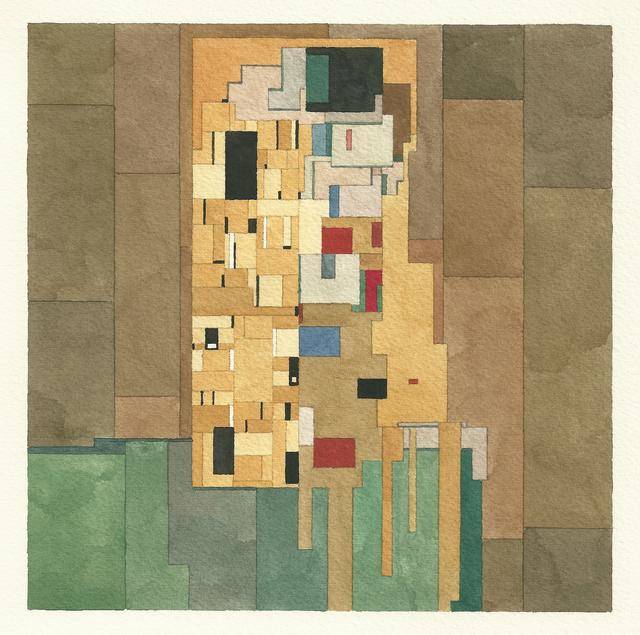 share
share
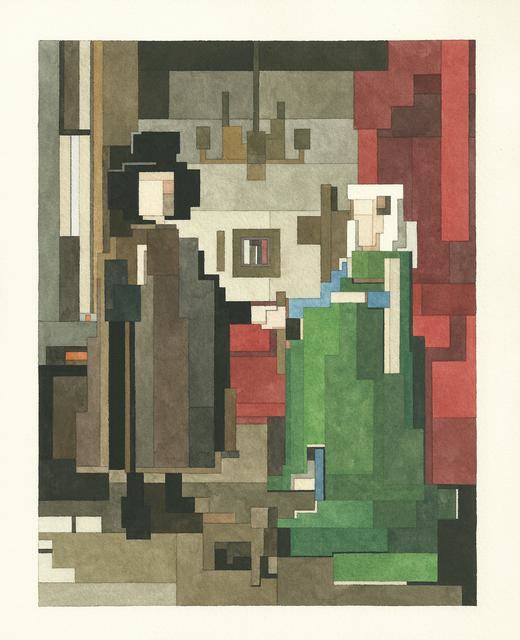 share
share
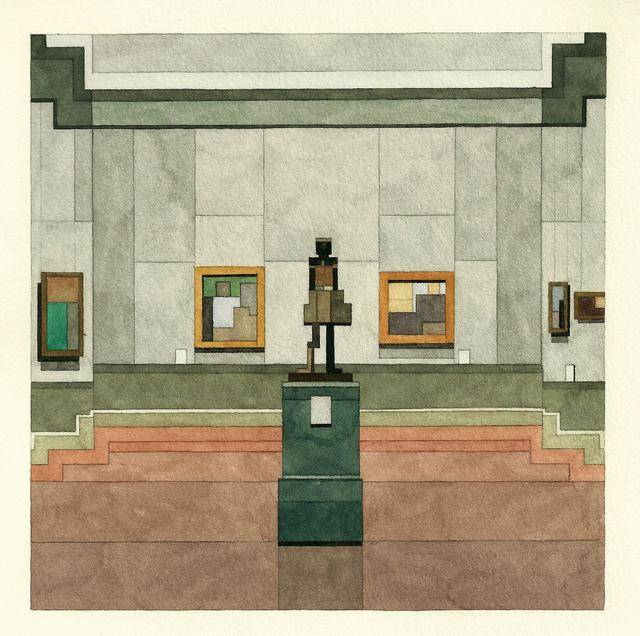 share
share
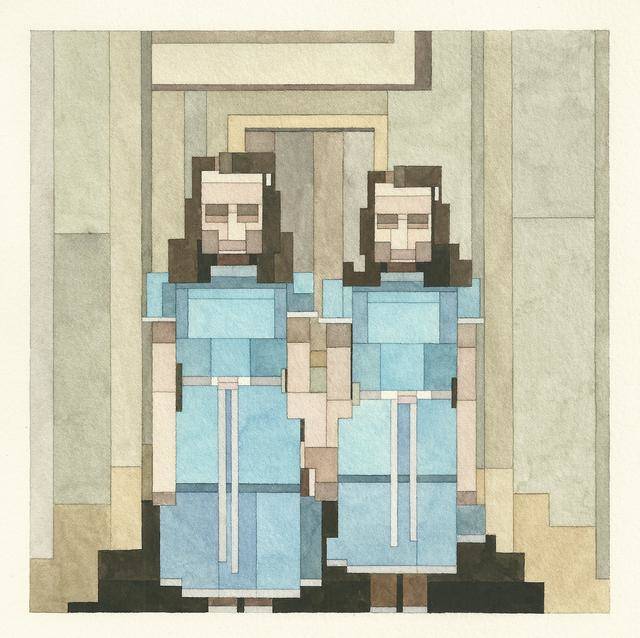 share
share
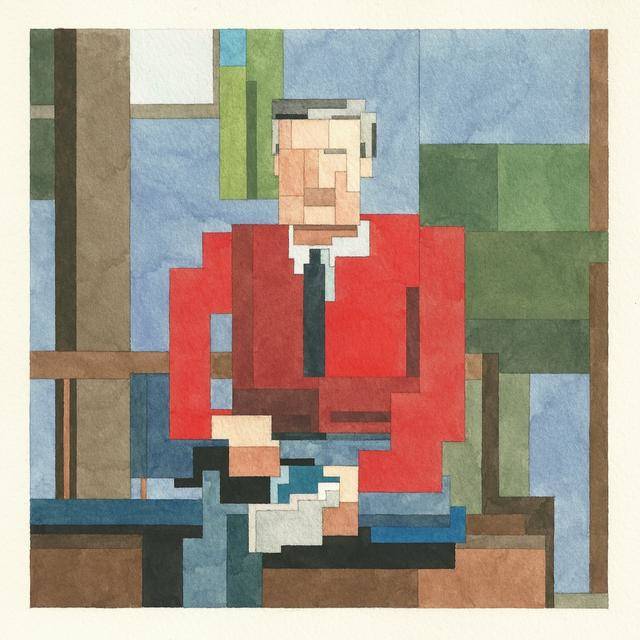 share
share
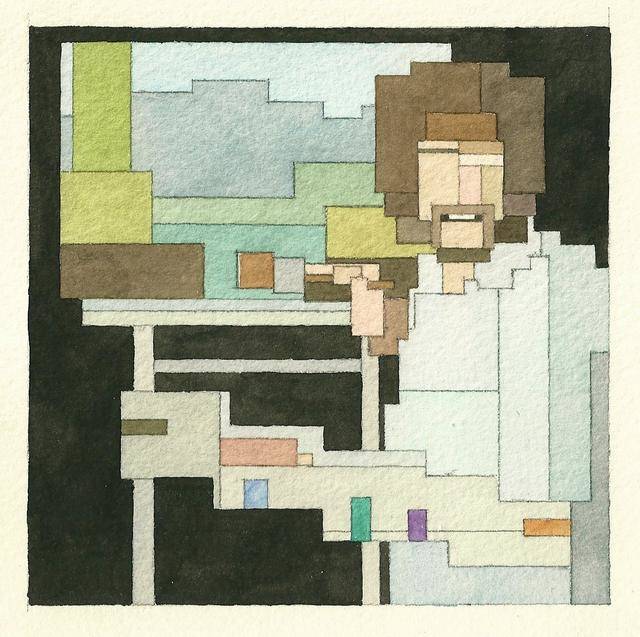 share
share
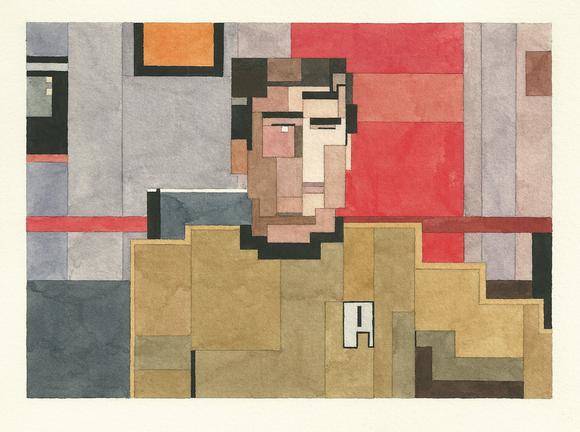 share
share
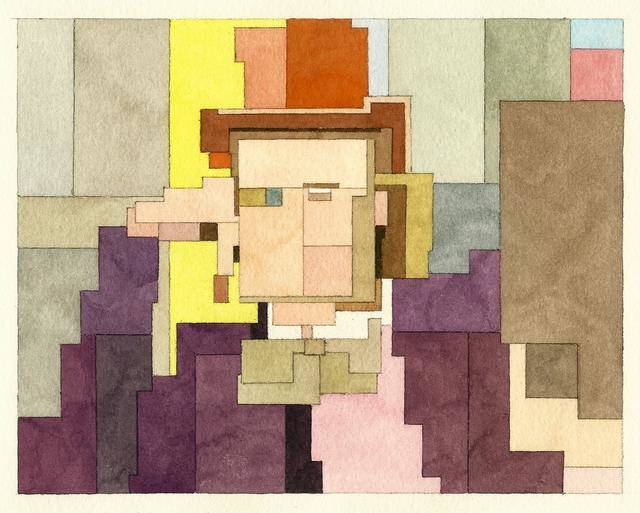 share
share
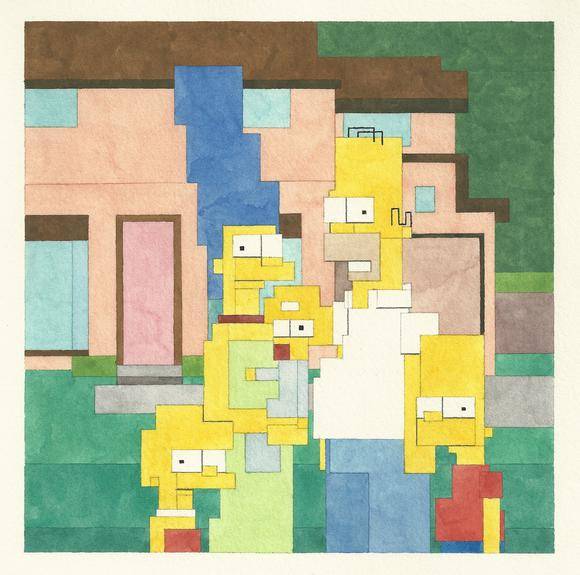 share
share
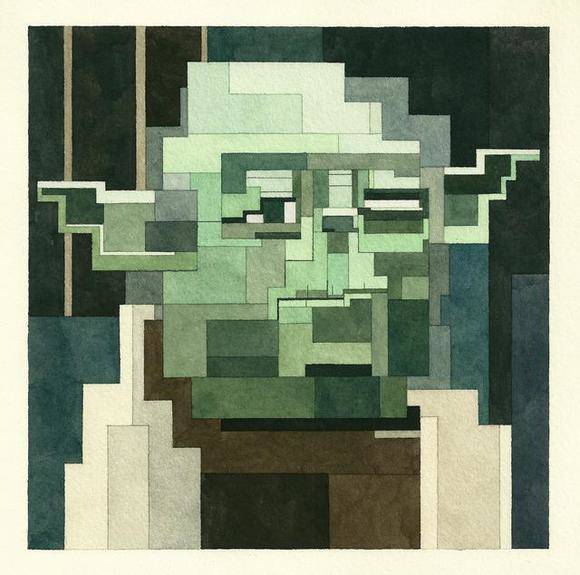 share
share
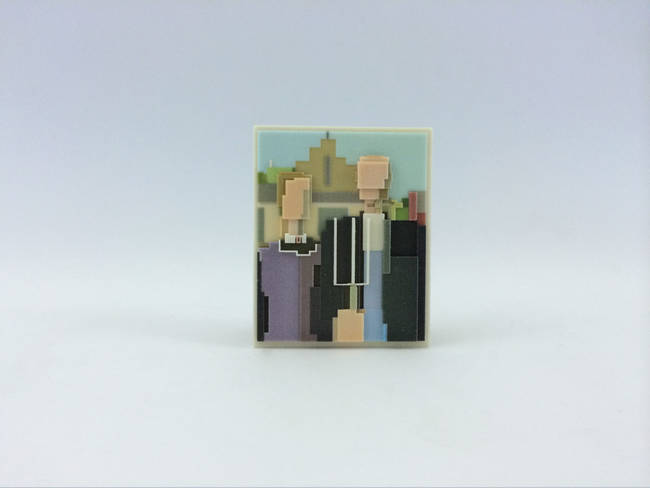 share
share
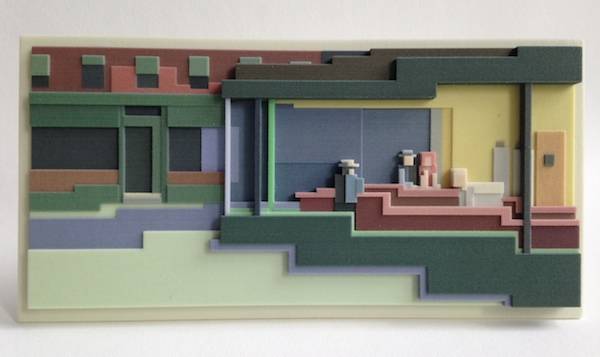 share
share
 share
share



